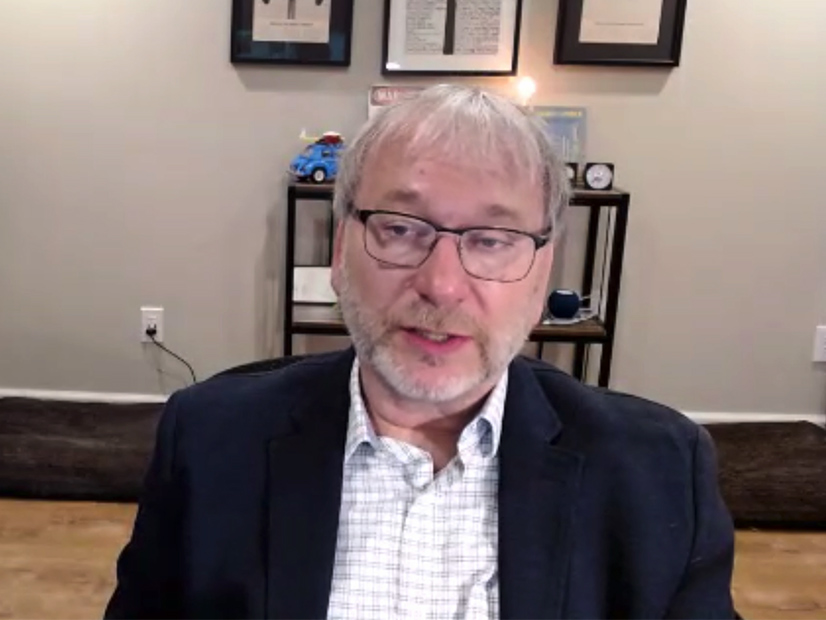ERO officials urged state policymakers in a webinar to work with their utilities and regional entities to understand the reliability challenges and opportunities presented by the transition to renewable energy resources.
The May 29 webinar was hosted by Midwest Reliability Organization CEO Sara Patrick, with participation by NERC, ReliabilityFirst and SERC Reliability, with the goal of giving state regulators a clearer picture of how grid reliability has been affected by the deployment of inverter-based resources (IBRs) such as wind, solar and battery facilities.
Howard Gugel, NERC’s vice president of regulatory oversight, emphasized that “education is key” and recommended the regulatory community learn “as much as [they] can about these resources, how they’re going to be interconnected and integrated … and how your state policy can help influence” the reliability impact to end users.
Gugel pointed out that summer peak demand in North America increased by 3% between 2012 and 2022, according to NERC’s analysis, while peak capacity decreased by 4%. In addition, wind, solar and batteries grew as a share of generation from 2.9% in 2012 to 9% in 2022, while the share comprising coal and oil shrank from 34.2% to 22%.
The growth of IBRs and retirement of traditional generation has significant implications for reliability, Gugel explained. During a “wind drought” last year in ERCOT, SPP and MISO, installed wind generation with a total capacity of 60 GW generated only 300 MW at some points, he said. With demand likely to continue growing, especially in areas where transportation and heating are transitioning quickly to electricity, Gugel said policymakers need to understand the implications of renewable energy mandates.
“At this point, we’re retiring generation faster than we’re putting it on. And there’s going to be a point at which there’s not going to be excess energy available there,” Gugel said. “And so we’ve [all] got to work together to ensure that we’re getting adequate capacity and energy installed in the system to meet the needs of our customers and to keep those lights on at all times.”
The task is not as simple as replacing retired baseload generation with equivalent solar or wind capacity, Gugel added, presenting a simple example of 100 MW of baseload. Assuming the sun shines for eight hours, to replace this generation, a utility must provide 100 MW of solar capacity, 400 MW of batteries to discharge at the same rate during the night and an additional 200 MW of solar just to charge the batteries for eight hours.
Gugel reiterated that NERC is doing its part to address IBR-related reliability concerns, citing the ERO’s work on developing registration criteria for the new resources and reliability standards to address their performance concerns. (See NERC Says IBR Work Proceeding as Planned.) Other presenters pointed out that IBRs also can be assets for reliability, noting their responsiveness compared to traditional generation.
Asked by Patrick about the cost of complying with the new standards, Gugel acknowledged states must recognize this potential burden but should not let it stop them from implementing the policies to safeguard the grid for the future.
“There’s going to be a cost for compliance with any type of regulation [that] will be rolled into [electric] rates,” Gugel said. “I don’t expect that to be substantial, but I’m not going to sit here and say that it’s not going to cost anything. But frankly, all existing generation has a cost for compliance. … So there will be somewhat of a cost for this, but it’s small, based on the reliability benefit that we’re going to receive from it.”



